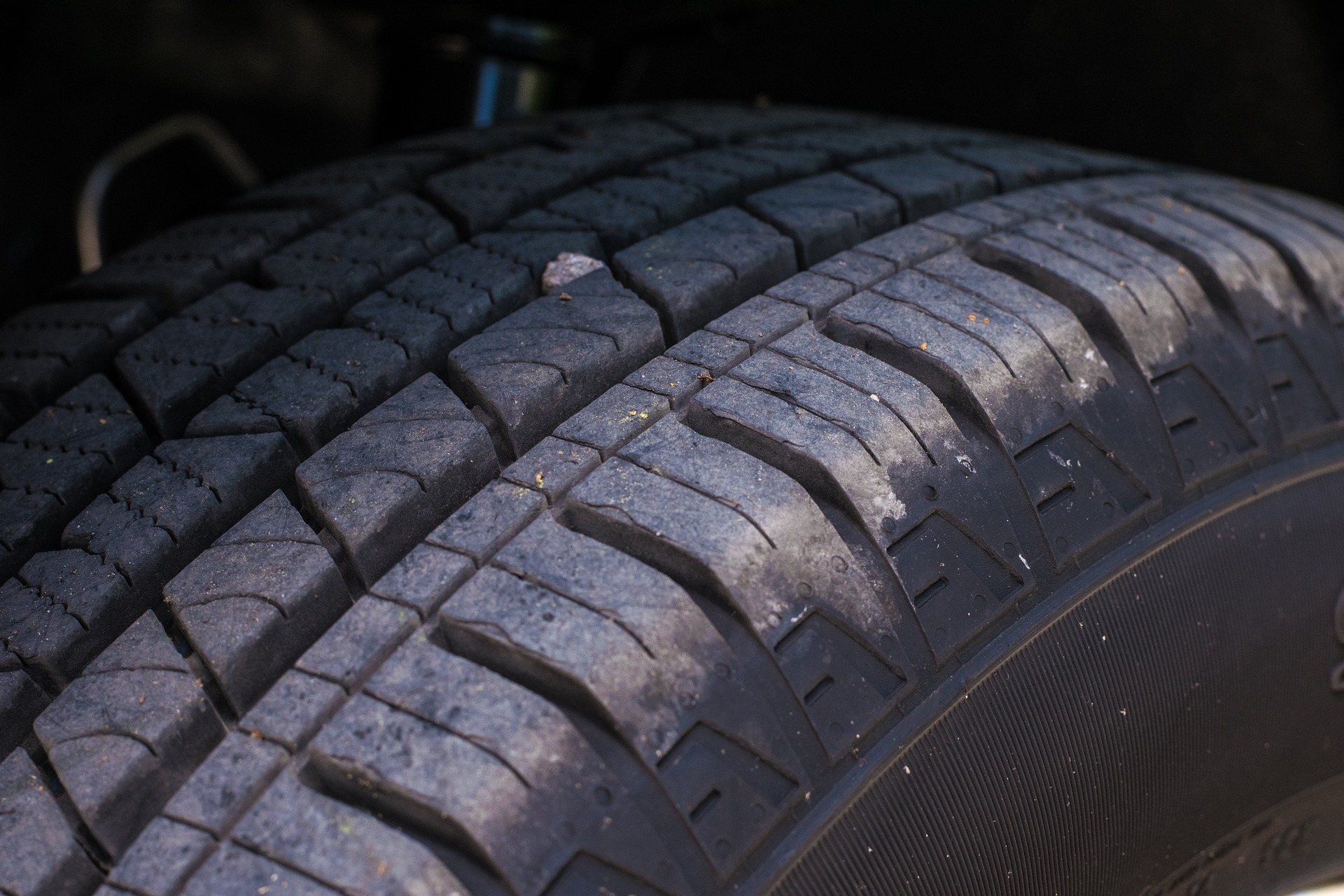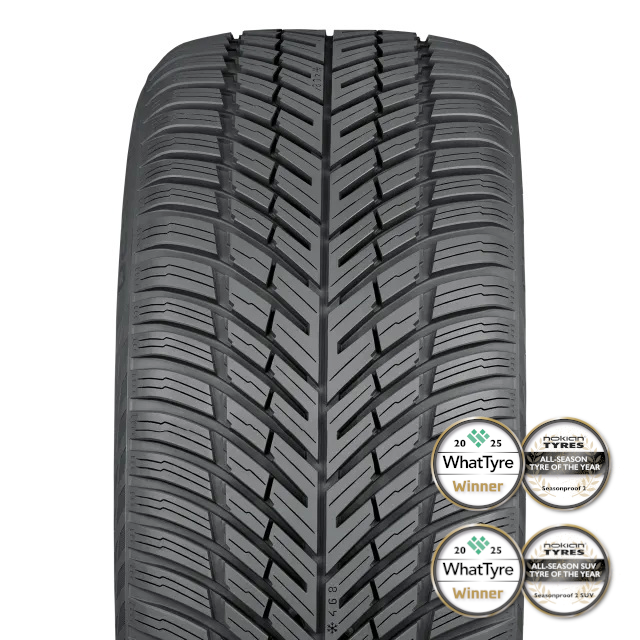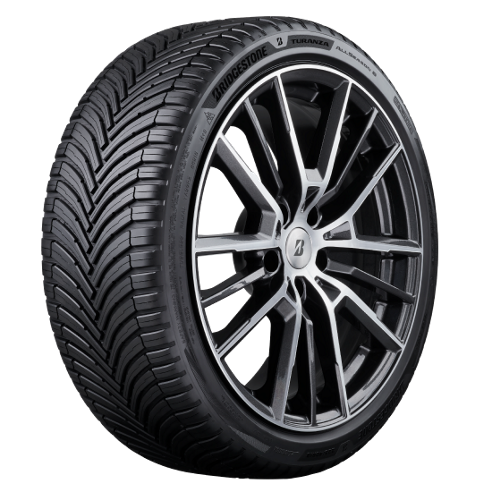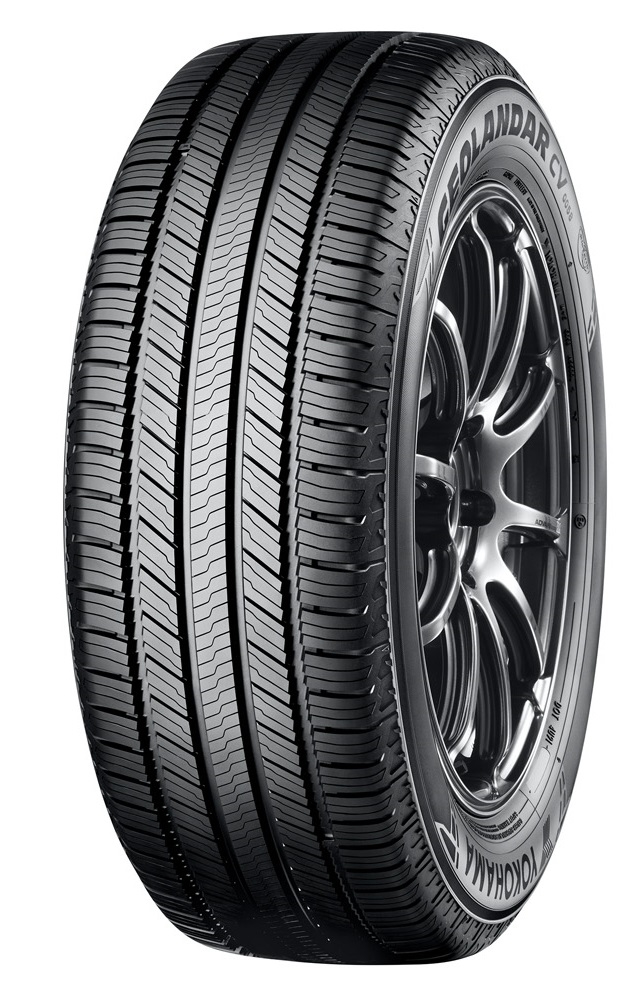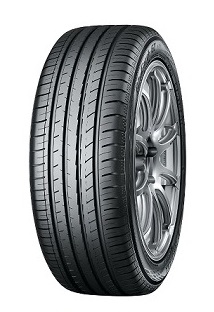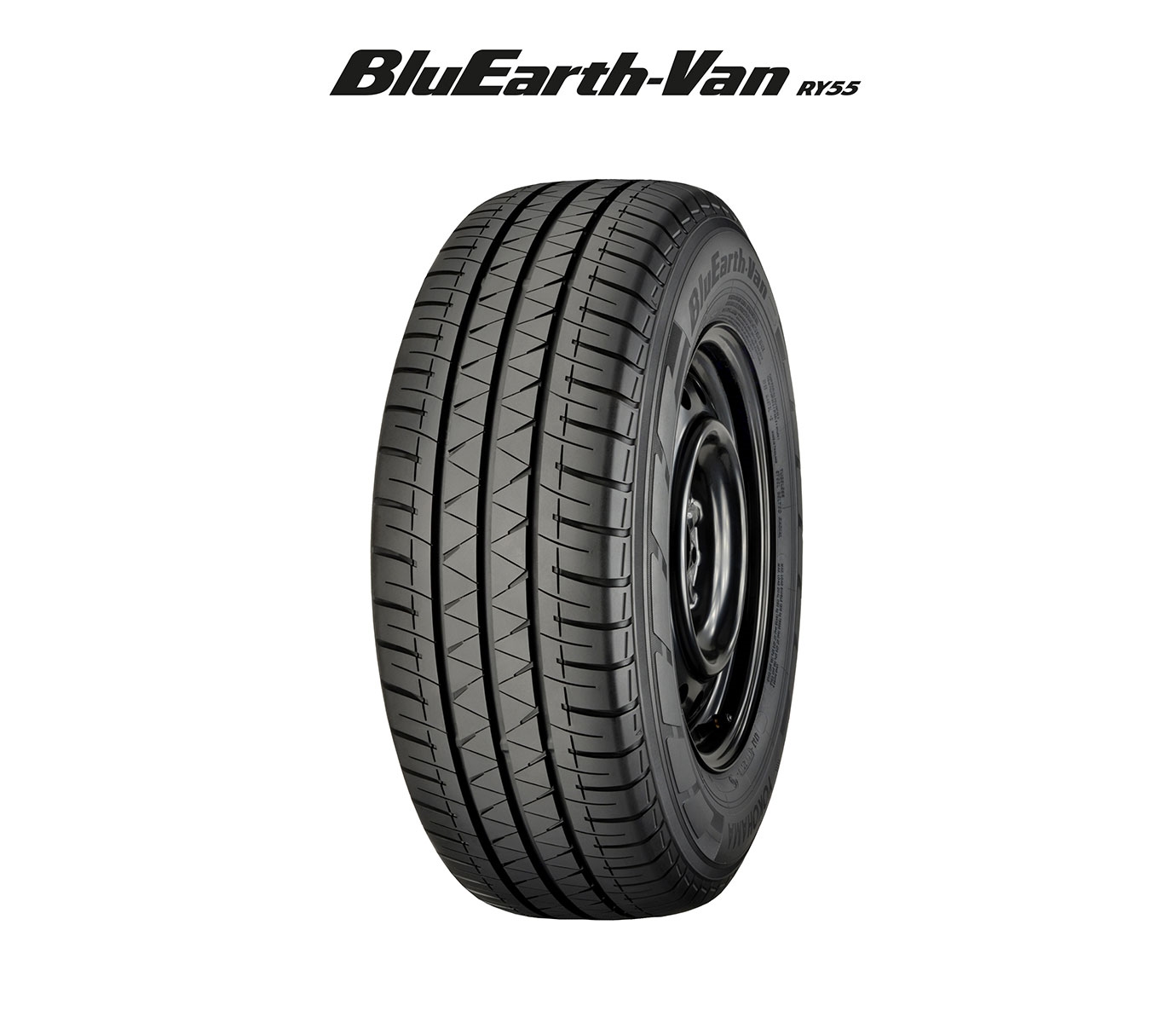High-performance vehicles demand expert engineering and meticulous care to maintain superior capabilities and aesthetics. Integral to this care are two often overlooked components: tyres and car covers.
Tyres, engineered specifically for high speeds and optimal handling, and car covers, designed to protect these engineering marvels from environmental elements, impact the longevity and performance of these vehicles.
Hence, as tyre technology continues to advance, so does the selection of car covers. This article explores this relationship.
The evolution of tyre technology
The introduction of pneumatic tyres in the late 19th Century was a significant leap forward. Those tyres, filled with air, provided better shock absorption and improved the overall comfort of rides. However, they were prone to punctures and required frequent maintenance.
A breakthrough came in the mid-20th Century with the development of radial tyres. Unlike their predecessors, radial tyres used a series of radial ply cords extending from the beads and across the tread, significantly improving the tyre’s lifespan and performance. This design allowed for better handling, increased fuel efficiency, and reduced wear and tear.
Today, tyre technology is on the brink of a new era with airless tyres that can enhance safety and reduce maintenance by eliminating punctures. In addition, you can use smart tyres equipped with sensors to provide real-time data on tyre pressure, temperature, and tread depth. This information can enhance vehicle stability, optimise performance, and prevent accidents due to tyre failures.
An overview of tyre technology in high-performance vehicles
These vehicles require tyres that support higher speeds, manage increased heat generation and provide exceptional grip and stability. To achieve this, tyre manufacturers have developed advanced technologies for high-performance applications.
One of these innovations is specialised rubber compounds. They provide optimal traction across temperature ranges, crucial for maintaining grip during high-speed manoeuvres. Additionally, manufacturers often incorporate silica in the tyre’s compound, enhancing wet grip without sacrificing performance in dry conditions.
The structure of high-performance tyres also differs significantly from standard tyres. They typically feature reinforced sidewalls that reduce flexing at high speeds, enhancing vehicle stability and control.
Moreover, the tread patterns are more aggressive to better manage the thin layer of water that can form under the tyre during wet conditions, preventing hydroplaning. Some high-performance tyres also use a directional tread pattern to improve hydroplaning resistance and enhance road grip by channelling water effectively away from the surface.
The influence of tyre trends on car covers
It’s essential to use a cover every day to keep your car clean and shield it from environmental factors like dust and debris. However, with the latest advancements in tyre technology, you may have to change your car cover so it can do more than protect your vehicle from the elements.
One of the primary impacts of tyre innovation on car cover design is the size and shape of the tyres. High-performance tyres are often larger and wider than standard tyres for better contact with the road. This change in dimensions requires car covers that accommodate the increased tyre size to prevent the cover from fitting too tightly or stretching excessively, which could damage the cover or fail to protect the tyre and wheel assembly.
Additionally, the materials and structure of modern tyres necessitate specific considerations in car cover design. For instance, high-performance tyres can feature softer, more pliable rubber compounds to maximise road grip, which are more susceptible to damage from environmental factors like UV light, ozone, and harsh weather conditions. Car covers for such vehicles should have materials that offer enhanced protection against these elements to prevent premature tyre ageing and degradation.
Further, the unique tread patterns and advanced compounds used in high-performance tyres may also influence the internal design of car covers. These tyres may have aggressive tread designs that could potentially snag on the inner lining of a standard car cover. Hence, car covers can incorporate a softer, more durable lining to protect the tyre tread without causing wear during application and removal of the cover.
In addition, breathable materials in car covers are essential to prevent moisture accumulation, which can be particularly detrimental to the unique rubber compounds used in high-performance tyres. Such covers allow condensation to evaporate, preventing the buildup of moisture that can lead to tyre rot and degradation. It might be necessary for cars parked for extended periods or in varying climatic conditions.
Another concern is the padding of car covers for vehicles with low-profile tyres. Since these tyres are closer to the rim and have less sidewall height, they are more vulnerable to damage from debris and harsh environmental conditions. Adding thick, cushioned layers within the car cover can provide a buffer that protects them from impacts and scratches.
Conclusion
As automotive technologies evolve, so must the accessories that protect and preserve these innovations. For instance, the rapid advancements in tyre technology, particularly for high-performance vehicles, have necessitated equally sophisticated developments in car cover designs.
As tyres become larger, incorporate advanced materials, and feature unique tread patterns tailored for optimal performance, the traditional car cover no longer suffices. Enhanced protection through custom modifications such as extra padding for low-profile tyres, breathable materials to combat moisture, and reinforced areas to accommodate aggressive treads is essential.
These adaptations ensure that car covers fit properly and provide the necessary protection to maintain the condition and functionality of advanced tyres.

